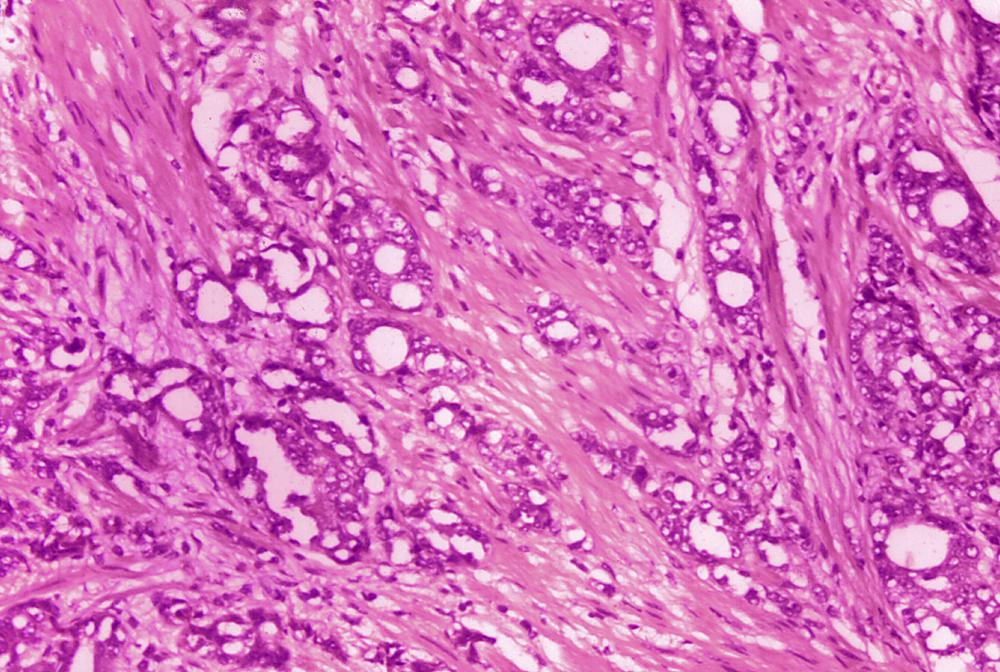

Georgetown Lombardi Comprehensive Cancer Center researchers found that studying tags, or modifications to cell-free DNA (cfDNA), may lead to a better understanding of how to assess, and possibly modulate, treatment approaches for cancer and other diseases.
Their perspective, drawn from a review of studies to date, appears July 27 in Frontiers in Genetics. Cell-free DNA (cfDNA) shed into the blood was discovered in the late 1940s. During cell death, which is a normal part of tissue regeneration, cfDNA is shed from tissue. The shed cfDNA can be isolated from a blood sample, thus providing a reading of cell death across the body in both normal and cancer cells without the need for taking invasive biopsy samples.
“Taking tumour tissue biopsies is a hit or miss process and is usually not a good representation of the whole tumour or its spread,” says Anton Wellstein, MD, PhD, professor of oncology and pharmacology at Georgetown Lombardi and corresponding author for this article. “Using blood, or liquid biopsies, on the other hand, provides a homogeneous representation of cfDNA that is being shed from all types of cells.” The scientists note that short fragments of DNA and chemical modifications to those fragments, known as methyl groups, help tell researchers what cell type the respective snippet of DNA came from because these methylation patterns are unique to specific cell types.
By using cfDNA to compare damage to cells from various forms of treatment with undamaged normal cells from the same tissue, the researchers can analyze a treasure-trove of data about how the cells in a tissue are affected by treatments and other external forces. This knowledge could be key in assessing if a therapy is effective and what adverse effects it may cause.
“Fine-tuning these applications of cfDNA analysis is challenging and requires in-depth approaches, both at the genome sequencing level and computationally,” explains Megan Barefoot, an MD/PhD student in the Wellstein lab at the Cancer Center and lead author of the article.
Megan adds, “Methylated cfDNA has opened a new and minimally invasive way to detect damage to cells in the body as there are often hundreds of methyl markers per cell that can mark, very specifically, where the cells came from, much like a barcode scanner at a grocery checkout tells the store the identity of a particular product. Combined biological and computational analyses make deciphering these methylation patterns/molecular barcodes possible so that researchers can trace the origins of cfDNA.”
The end result of these analyses aids investigators in determining the tissue of origin of cancer, for example, and also allows researchers, when comparing damaged cells to healthy cells, to see where the damage originated, especially if it was due to a certain type of treatment.
“This approach can be applied to any therapy that will impact tissue equilibrium by causing cells in tissues to become damaged and die, including chemotherapy, radiation, and immunotherapy. This review really helps set the stage for our future research efforts,” concludes Wellstein.
“My lab is very actively pursuing methods and technologies that further refine analyses of methylated cfDNA. We believe these efforts are affordable and will soon become standard in labs and they should make a difference in advancing the understanding and treatment of many cancers.”